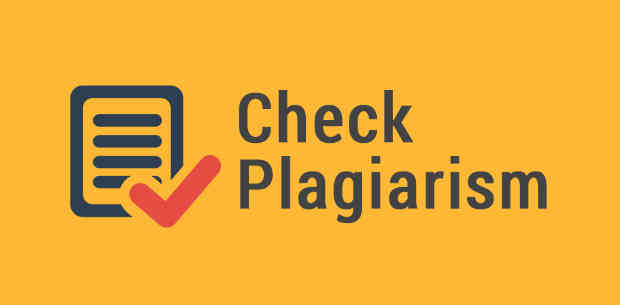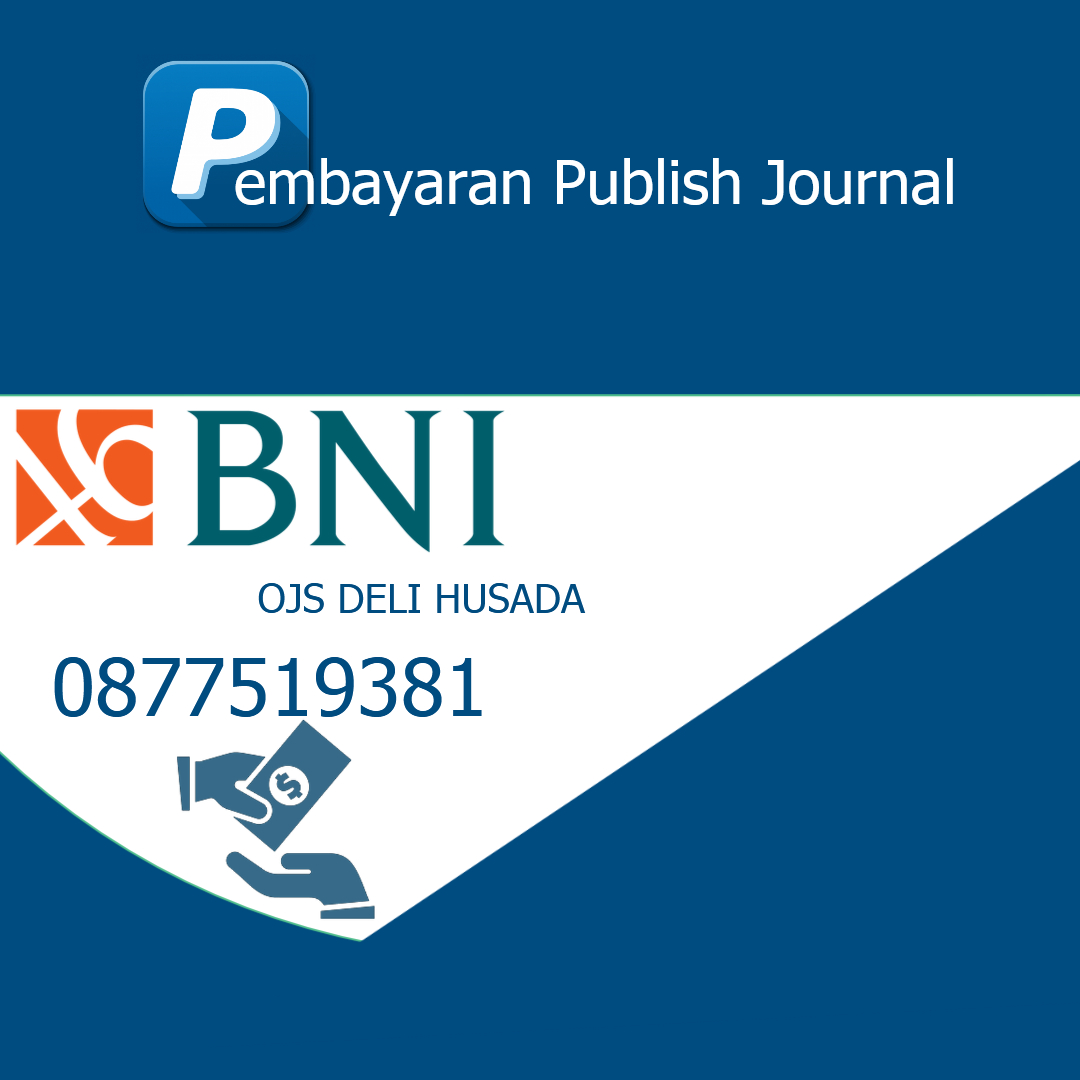EFEKTIVITAS PROGRAM ERADIKASI KASUS HIV/AIDS DI KALANGAN BERESIKO
PERAN UNIT PELAKSANA TEKNIS PUSAT KESEHATAN PADANG BULAN
Keywords:
Human Immunodeficiency Virus, Program, Behavior
Abstract
The number of HIV cases in Indonesia is growing rapidly both in terms of distribution area and distribution pattern. This research aims to conduct an in-depth analysis of Program Effectiveness in the risk areas of HIV / AIDS Cases in Risk of Work Areas in the Health Center Tehnical Implementation Unit Padang Bulan in 2019. Data are obtained through interviews with the Head of Community Health Center, VCT Responsible Agency, Health Promotion Responsible in Health and some informants at risk area, this is supported by the results of participant observations on VCT which always provide support to those at risk for examining HIV / AIDS as well as explaining the symptoms caused by HIV / AIDS. From the results of the analysis with the Triangulation method, it can be concluded: Input (SDM that has multiple function assignments listed in the Organizational Structure and limited funds when conducting risk areas of HIV / AIDS cases in accordance with the Planning Of Action), Process (constraints, efforts, expectations and health center program benefits are not yet in line with the behavior of the risk groups in the community, this is seen from the circles), Output (people with HIV / AIDS or ODHA who are free to follow up and there is still an assumption that people at risk are HIV and AIDS are the same and not yet behavior change in risk). The conclusion in this research is that the program in eradicating HIV / AIDS cases in the Health Center Tehnical Implementation Unit Padang Bulan is still not effective. Suggestions in this research are that the health center are expected to revitalize work programs in eradicating HIV / AIDS cases starting from planning, implementation, monitoring and evaluation so that the program runs more effectivelyReferences
Askari. F, 2015. Pengertian Efektifitas, diakses tanggal 30 Desember 2018
Daili, Sjaiful Fahmi, Makes, Wresti Indriatmi B, dan Zubier, Farida. 2017. Infeksi Menular Seksual. Jakarta: FK Universitas Indonesia
Dinkes SUMUT. 2017. Profil Kesehatan Kabupaten Sumatera Utara. Sumatera Utara.Diakses 11 Desember 2018
Doli. O, 2014. Pengertian Efisiensi dan Efektivitas, diakses 30 Desember 2018
Irina, M.Pd, Dr.Fristiana. 2017. Metode Penelitian Terapan. Yogyakarta: Penerbit Parama Ilmu
Kamus Besar Bahasa Indonesia Online. (2017). www.Kamus Besar Bahasa Indonesia. org. Diakses 30 Desember 2018
Kumalasari, Intan dan Iwan Andhyantoro. (2012). Kesehatan Reproduksi untuk Mahasiswa Kebidanan dan Keperawatan. Jakarta: Salemba Medika.
Lisnawati, Sarumpaet, Sorimuda dan Ismayadi. 2016. Hubungan Stigma, Depresi Dan Kelelahan Dengan Kualitas Hidup Pasien Hiv/Aids Di Klinik Veteran Medan. Jurnal. Magister Ilmu Keperawatan.
Maryunani, Anik. 2016. Perilaku Hidup Bersih dan Sehat. Jakarta: CV.Trans Info Media
Notoatmodjo, 2016. Promosi Kesehatan Dan Perilaku Kesehatan. Jakarta: PT. Rineka Cipta
Noviana, Nana. (2013). Kesehatan Reproduksi & HIV-AIDS. Jakarta : CV. Trans Info Media
Profil Kesehatan Indonesia. 2016. Profil Kesehatan Indonesia. Diakses 11 Desember 2018
Pusat Data Dan Informasi Kementran Kesehatan RI (Infodatin). 2012. http://www.depkes.go.id/resources/download/pusdatin/infodatin/infodatin%20reproduksi%20remaja-ed.pdf diakses pada tanggal 14 Desember 2018
Riadi, M., 2015. Pengertian Fungsi Kegiatan Pokok Puskesmas, diakses tanggal 22 Juli 2015.
Rusdiana, 2014.Studi Tentang Pelayanan Perawat Terhadap Kepuasan Pasien di Ruang Rawat Inap. Rumah Sakit Umum Abdul Wahab Sjahranie Samarinda, eJournal Konsentrasi Sosiologi.
Sunaryati, Septi Shinta. 2014. 14 Penyakit Paling Sering Menyerang Dan Sangat Mematikan. Yogyakarta: FlashBooks
Suparno, Heru, Siagian Ferdinand, Ismail, Amry,Aznur. 2010. Efektivitas Program Penjangkauan Dikalangan Penggunaan Narkoba Suntik Dalam Menurunkan Perilaku Beresiko HIV. Staff Peneliti Pusat Penelitian Kesehatan Universitas Indnesa. http://ejurnal.kependudukan.lipi.go.id/index.php/jki/article/view/136/170 diakses tanggal 11 desember 2018
Tumangke, Hesty, Tappy Melkior, Kendek Rispan. 2017. Faktor-faktor yang mempengaruhi efektivitas pecegahan penularan HIV Dari Ibu ke Anak (PPIA) Dikota Jayapura. Jurnal. Papua. Fakultas Kesehatan Masyarakat Universitas Cendawasih Papua. https://www.google.com/url?sa=t&rct=j&q=&esrc=s&source=web&cd=3&cad=rja&uact=8&ved=2ahUKEwjw1bDX9Z_fAhXFtY8KHUs7AO0QFjACegQIABAC&url=https%3A%2F%2Fjournal.unnes.ac.id%2Fsju%2Findex.php%2Fujph%2Farticle%2Fview%2F17733%2F9329&usg=AOvVaw0Lk1fS2cpIhNVD40wjDxjKdiakses tanggal 11 desember 2018
Utarini, Adi. 2012. https://id.scribd.com/document/180517051/tesis diakses tanggal 29 Januari 2019
Yin, Robert, K. 2018 Studi Kasus Desain dan Metode. PT. Rja Grafindo Persada Rajawali.Edisi 1, Cetakan Ke-14. Jakarta.
Yunita, 2015. Kumpulan Teori Efektivitas, diakses 30 Desember 2018
Yurike Febnesia Sari et al, 2012. Efektifitas Pelayanan Kesehatan bagi ibu hamil dan bayi miskin di Puskesmas Kebondalem Kecamatan Bangorejo Kabupaten Banyuwangi Tahun 2012. Diakses 30 Desember 2018
Zeth, Arwam Hermanus Markus, Asdie, Ahmad Husain, Mukti, AliGufron, Mansoden, Jozh. 2010. Perilaku dan Resiko Penyakit HIV/AIDS Dimasyarakat Papua Studi Pengembangan Model Lokal Kebijakan HIV/AIDS. Artikel Jurnal Penelitian. https://www.google.com/url?sa=t&rct=j&q=&esrc=s&source=web&cd=1&cad=rja&uact=8&ved=2ahUKEwjtuuWU9Z_fAhUKSo8KHdqByUQFjAAegQIChAC&url=https%3A%2F%2Fjurnal.ugm.ac.id%2Fjmpk%2Farticle%2Fdownload%2F2640%2F2365&usg=AOvVaw1x1w_NZILcRLaXD7VZWU1Rdiakses pada tanggal 11 desember 2018
https://www.unicef.org/indonesia/id/hiv_aids_3152.html diakses pada tanggal 13 Februari 2019
Depkes. 2016. Program Pengendalian HIV/AIDS dan PIMS Di Fasilitas Kesehatan Tingkat Pertama. http://siha.depkes.go.id/portal/files_upload/4__Pedoman_Fasyankes_Primer_ok.pdf diakses pada tanggal 13 Februari 2019
Daili, Sjaiful Fahmi, Makes, Wresti Indriatmi B, dan Zubier, Farida. 2017. Infeksi Menular Seksual. Jakarta: FK Universitas Indonesia
Dinkes SUMUT. 2017. Profil Kesehatan Kabupaten Sumatera Utara. Sumatera Utara.Diakses 11 Desember 2018
Doli. O, 2014. Pengertian Efisiensi dan Efektivitas, diakses 30 Desember 2018
Irina, M.Pd, Dr.Fristiana. 2017. Metode Penelitian Terapan. Yogyakarta: Penerbit Parama Ilmu
Kamus Besar Bahasa Indonesia Online. (2017). www.Kamus Besar Bahasa Indonesia. org. Diakses 30 Desember 2018
Kumalasari, Intan dan Iwan Andhyantoro. (2012). Kesehatan Reproduksi untuk Mahasiswa Kebidanan dan Keperawatan. Jakarta: Salemba Medika.
Lisnawati, Sarumpaet, Sorimuda dan Ismayadi. 2016. Hubungan Stigma, Depresi Dan Kelelahan Dengan Kualitas Hidup Pasien Hiv/Aids Di Klinik Veteran Medan. Jurnal. Magister Ilmu Keperawatan.
Maryunani, Anik. 2016. Perilaku Hidup Bersih dan Sehat. Jakarta: CV.Trans Info Media
Notoatmodjo, 2016. Promosi Kesehatan Dan Perilaku Kesehatan. Jakarta: PT. Rineka Cipta
Noviana, Nana. (2013). Kesehatan Reproduksi & HIV-AIDS. Jakarta : CV. Trans Info Media
Profil Kesehatan Indonesia. 2016. Profil Kesehatan Indonesia. Diakses 11 Desember 2018
Pusat Data Dan Informasi Kementran Kesehatan RI (Infodatin). 2012. http://www.depkes.go.id/resources/download/pusdatin/infodatin/infodatin%20reproduksi%20remaja-ed.pdf diakses pada tanggal 14 Desember 2018
Riadi, M., 2015. Pengertian Fungsi Kegiatan Pokok Puskesmas, diakses tanggal 22 Juli 2015.
Rusdiana, 2014.Studi Tentang Pelayanan Perawat Terhadap Kepuasan Pasien di Ruang Rawat Inap. Rumah Sakit Umum Abdul Wahab Sjahranie Samarinda, eJournal Konsentrasi Sosiologi.
Sunaryati, Septi Shinta. 2014. 14 Penyakit Paling Sering Menyerang Dan Sangat Mematikan. Yogyakarta: FlashBooks
Suparno, Heru, Siagian Ferdinand, Ismail, Amry,Aznur. 2010. Efektivitas Program Penjangkauan Dikalangan Penggunaan Narkoba Suntik Dalam Menurunkan Perilaku Beresiko HIV. Staff Peneliti Pusat Penelitian Kesehatan Universitas Indnesa. http://ejurnal.kependudukan.lipi.go.id/index.php/jki/article/view/136/170 diakses tanggal 11 desember 2018
Tumangke, Hesty, Tappy Melkior, Kendek Rispan. 2017. Faktor-faktor yang mempengaruhi efektivitas pecegahan penularan HIV Dari Ibu ke Anak (PPIA) Dikota Jayapura. Jurnal. Papua. Fakultas Kesehatan Masyarakat Universitas Cendawasih Papua. https://www.google.com/url?sa=t&rct=j&q=&esrc=s&source=web&cd=3&cad=rja&uact=8&ved=2ahUKEwjw1bDX9Z_fAhXFtY8KHUs7AO0QFjACegQIABAC&url=https%3A%2F%2Fjournal.unnes.ac.id%2Fsju%2Findex.php%2Fujph%2Farticle%2Fview%2F17733%2F9329&usg=AOvVaw0Lk1fS2cpIhNVD40wjDxjKdiakses tanggal 11 desember 2018
Utarini, Adi. 2012. https://id.scribd.com/document/180517051/tesis diakses tanggal 29 Januari 2019
Yin, Robert, K. 2018 Studi Kasus Desain dan Metode. PT. Rja Grafindo Persada Rajawali.Edisi 1, Cetakan Ke-14. Jakarta.
Yunita, 2015. Kumpulan Teori Efektivitas, diakses 30 Desember 2018
Yurike Febnesia Sari et al, 2012. Efektifitas Pelayanan Kesehatan bagi ibu hamil dan bayi miskin di Puskesmas Kebondalem Kecamatan Bangorejo Kabupaten Banyuwangi Tahun 2012. Diakses 30 Desember 2018
Zeth, Arwam Hermanus Markus, Asdie, Ahmad Husain, Mukti, AliGufron, Mansoden, Jozh. 2010. Perilaku dan Resiko Penyakit HIV/AIDS Dimasyarakat Papua Studi Pengembangan Model Lokal Kebijakan HIV/AIDS. Artikel Jurnal Penelitian. https://www.google.com/url?sa=t&rct=j&q=&esrc=s&source=web&cd=1&cad=rja&uact=8&ved=2ahUKEwjtuuWU9Z_fAhUKSo8KHdqByUQFjAAegQIChAC&url=https%3A%2F%2Fjurnal.ugm.ac.id%2Fjmpk%2Farticle%2Fdownload%2F2640%2F2365&usg=AOvVaw1x1w_NZILcRLaXD7VZWU1Rdiakses pada tanggal 11 desember 2018
https://www.unicef.org/indonesia/id/hiv_aids_3152.html diakses pada tanggal 13 Februari 2019
Depkes. 2016. Program Pengendalian HIV/AIDS dan PIMS Di Fasilitas Kesehatan Tingkat Pertama. http://siha.depkes.go.id/portal/files_upload/4__Pedoman_Fasyankes_Primer_ok.pdf diakses pada tanggal 13 Februari 2019
Published
2019-10-24
Section
Articles






